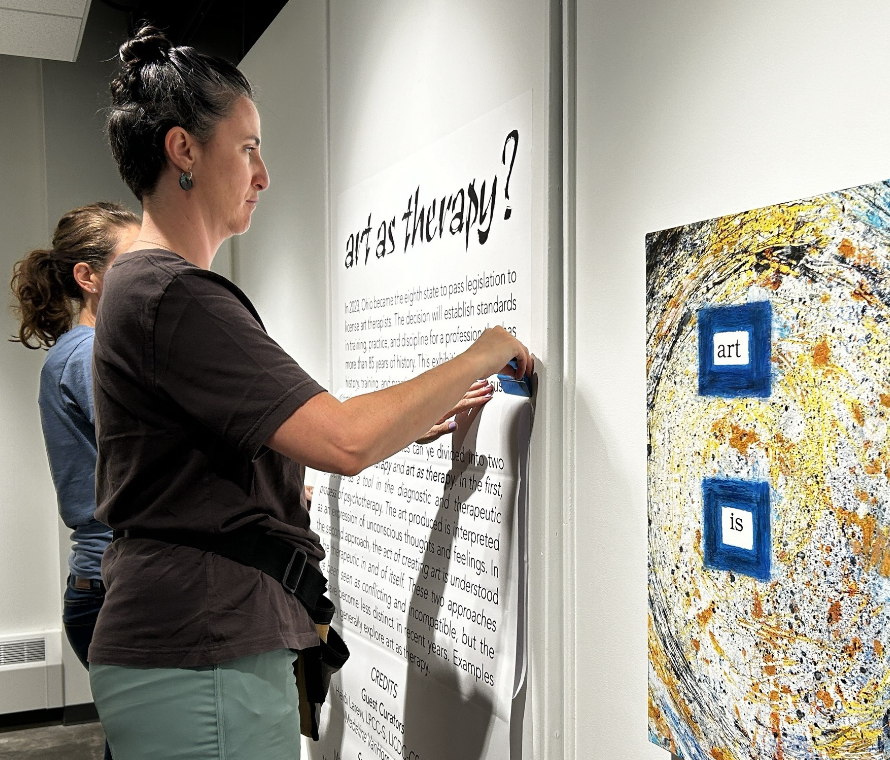Clare McKee
“Love looks not with the eyes, but with the mind,” William Shakespeare wrote. Today, our society places great value on physical appearance, in addition to the clothes one wears and the way one carries him or herself. Finding your soul mate, however, should not be based on skin color, nose size or the clothes you wear. While everyone is naturally attracted to a certain “type,” why be limited to one specific race?
Society may be more tolerant now than several decades ago, but the issue of interracial marriages is still very real for hundreds of thousands of people, nationwide. Not everyone is convinced that race and physical features are merely a minor detail when it comes to whom you love.
With interracial marriages on the rise, according to Pew Research Center, in 2010, 1-in-12 married couples in the United States were interracial couples; this accounted for eight percent of marriages. According to the Washington Post, just 46 years ago, the U.S Supreme Court repealed a Virginia statute, which banned whites from marrying non-whites.
While interracial relationships are more common now than they were 50 years ago, today’s interracial couples still experience pressure and struggles as a result of their “unconventional” relationships.
Mother and daughter Joyce Lusane, 56, and Karolyn Kirish, 28, of Kent, Ohio, are both in interracial marriages and have experienced both the triumphs and tribulations of interracial relationships. Lusane, who is Caucasian, married the late Melvin Lusane, who is African-American, had three children together.
Kirish grew up experiencing what she calls “preaching hate,” as people often expressed their dislike towards her biracial heritage. However, because her parents prepared her for the negative opinion of others, she was able to shrug off the comments and remain positive and confident in herself.
Today, Kirish is married to a white man and they have two children together.
“I get asked on a regular basis if my kids are mine,” she said. “I know they’re white, but they are mine, I swear.”
While Karolyn is able to make light of the situation, it is a serious topic. Thousands of people nationwide are adversely affected by individuals’ inability to look past race.
Conversely, some interracial couples have had no negative experiences in their interracial relationships thus far. Rima Vasudevan, a freshman chemical engineer major, is very optimistic about her interracial relationship and has received no significant criticism from friends, family or strangers, for that matter. Vasudevan is Indian and her boyfriend, Dan, is Caucasian.
Vasudevan said that her family is extremely accepting because they can see that she is happy and he treats her well, which is most important.
“My previous relationship was with a man of the same ethnicity,” Vasudevan said. “Not only is Dan kinder, but also more accepting of who
I am.”
As a result, Rima has no fear of having biracial children, and knows by preparing her children for negative opinions or comments that they will know how to react.
Human nature leads us to search for a significant other who makes us the happiest. Both love and happiness do not have a specific race, gender, age, skin tone or language. By remaining open-minded to both friendships and relationships that have no physical or genealogical boundaries, it will allow for both personal growth and love to be both found and shared.
“At the end of the day, I do not think it depends on what race you are, but how you act and treat others,” Vasudevan said. “That’s what makes you the person you are.”






